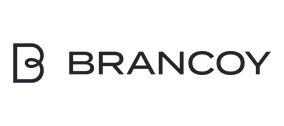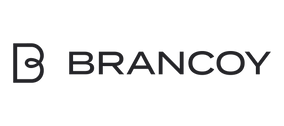Internal linking refers to the practice of creating links between different pages within a website. This process not only helps users navigate the site but also assists search engines in understanding the site’s structure and content significance. Internal linking is a crucial part of website optimization, as it helps distribute page authority and improves the visibility of individual pages in search results.
Internal linking is an effective way to guide visitors to important content and keep them on the site longer. When users can easily find the information they are looking for, their experience improves, which can ultimately lead to higher conversions. A well-structured linking strategy can also reduce bounce rates, a key factor in search engine ranking.
Internal links on a website can be anchor links that direct readers to a specific section on a page or hyperlinks that take users to another page. Both types of links enhance usability and are an essential part of a website’s optimization strategy.
How Does Internal Linking Impact SEO?
Internal links improve search engine visibility in several ways. First, they help search engines index site content more efficiently. As search engine bots follow links, they can better map the website’s structure and understand how different pages are connected. This can lead to better rankings and improved visibility in search results.
Additionally, internal linking helps distribute page authority across different pages. When important pages receive more internal links, their relevance in the eyes of search engines increases, which can improve their rankings. This is especially useful when you want to highlight specific products or services.
Internal linking is also a key part of content optimization. By using relevant keywords in anchor texts, you can reinforce the importance of those keywords and improve their search engine visibility. This is an essential aspect of an effective SEO strategy.
How to Build an Effective Internal Linking Structure?
Creating an effective internal linking structure begins with defining your website’s goals and identifying the most important content. It’s crucial to recognize the pages you want to highlight and ensure they are easily accessible. One way to achieve this is through a well-designed navigation menu that directs users to key content.
Internal links should be naturally integrated into the content. Avoid excessive linking, as it can confuse users and weaken the site’s usability. Links should be relevant and provide added value to the user. For example, if you are writing an article on e-commerce best practices, you can link to in-depth guides or product pages that offer additional insights.
It’s also important to monitor and analyze the effectiveness of internal links. Use analytics tools to see how users navigate the site and which links get the most clicks. This allows you to make necessary adjustments and improvements to your linking structure.
Common Mistakes in Internal Linking
One of the most common mistakes in internal linking is excessive use of links. When a page is overloaded with links, it can overwhelm users and diminish the value of each link in the eyes of search engines. Prioritizing quality over quantity is essential to ensure each link is relevant and useful.
Another common mistake is leaving outdated or broken links on a site. This not only harms the user experience but can also negatively affect site authority. Regularly checking and updating links is crucial to ensure all links function correctly and direct users to the right content.
A third mistake is poor optimization of anchor texts. Anchor texts should be descriptive and include keywords related to the linked content. Generic anchor texts like "click here" do not provide enough information for search engines about the page’s content and should be avoided.




